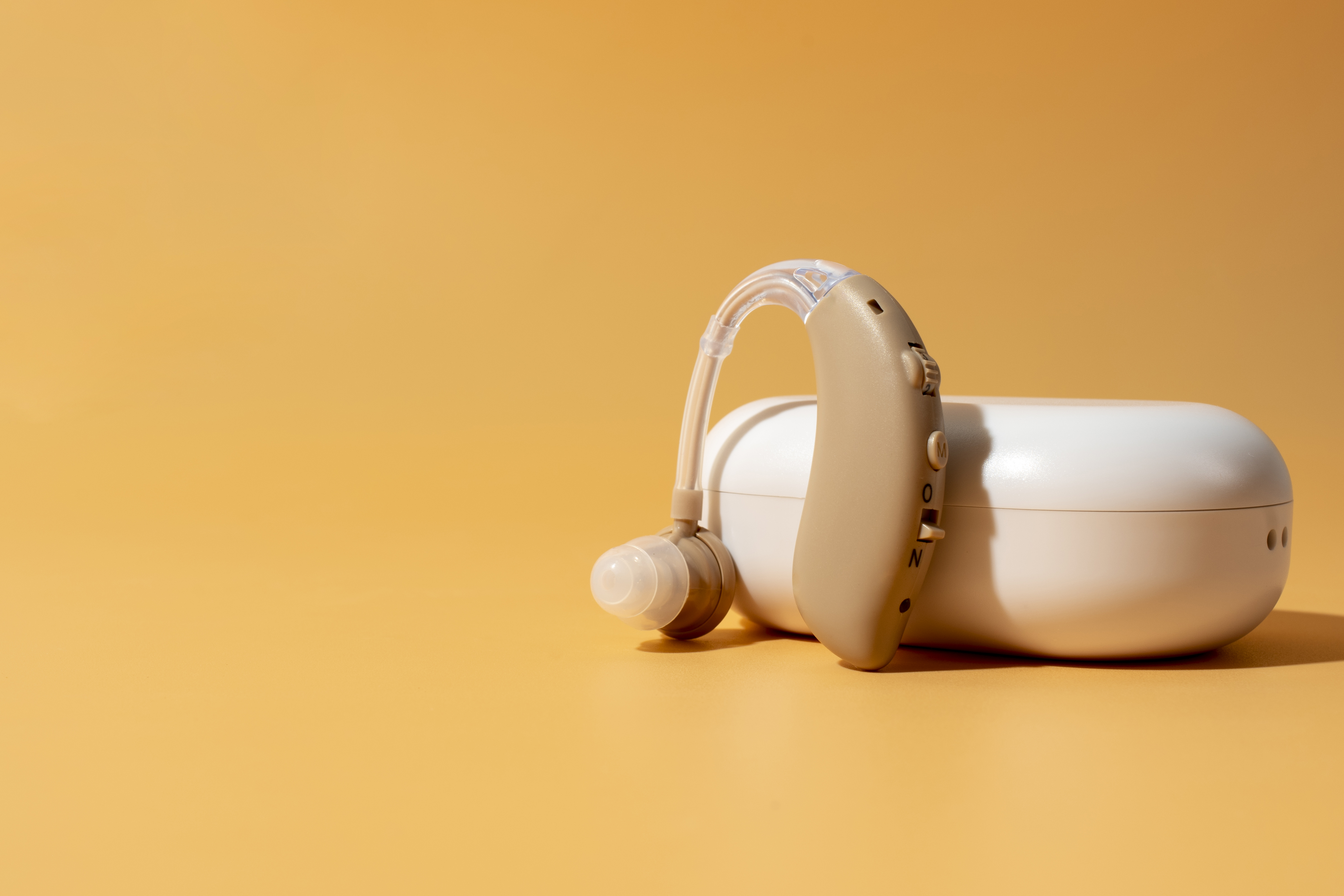
Hearing loss can make communication difficult and can have a significant impact on a person's quality of life. Fortunately, advancements in technology have led to the development of various types of hearing aids and other assistive devices that can help individuals with hearing loss. In this blog post, we will provide a detailed overview of the different types of hearing aids and other assistive devices available, how they work, and their benefits.
BTE hearing aids are the most common type of hearing aids. They consist of a small case that sits behind the ear and is connected to an earpiece by a plastic tube. The earpiece sits inside the ear canal and amplifies sounds that are then transmitted to the ear. BTE hearing aids are suitable for people with all types of hearing loss, from mild to profound.
Benefits:RIC hearing aids are similar to BTE hearing aids, but they have a smaller casing that sits behind the ear. The receiver is located in the earpiece, which is connected to the casing by a thin wire.
Benefits:ITE hearing aids are custom-made to fit directly inside the ear canal. They are smaller than BTE hearing aids and are less visible. ITE hearing aids are suitable for people with mild to severe hearing loss.
Benefits:ITC hearing aids are similar to ITE hearing aids, but they are smaller and fit further inside the ear canal. They are suitable for people with mild to severe hearing loss.
Benefits:CIC hearing aids are the smallest hearing aids available. They fit completely inside the ear canal and are virtually invisible. CIC hearing aids are most suitable for people with mild to moderately severe hearing loss.
Benefits:IIC hearing aids are similar to CIC hearing aids but are even smaller and sit deeper in the ear canal. They are the most discreet type of hearing aid available. IIC hearing aids are most suitable for people with mild to moderately severe hearing loss.
Benefits:In addition to hearing aids, there are other types of assistive devices available to help individuals with hearing loss. These include:
Cochlear implants are electronic devices that are surgically implanted into the inner ear. They work by bypassing the damaged part of the inner ear and stimulating the auditory nerve directly. Cochlear implants are suitable for people with severe to profound hearing loss.
Benefits:Assistive listening devices are devices that can help individuals with hearing loss in specific situations. Some examples of assistive listening devices include:
In conclusion, there are several types of hearing aids and other assistive devices available that can help individuals with hearing loss. The type of device that is most suitable for an individual will depend on the degree of hearing loss, the individual's lifestyle, and their personal preferences. If you think you may have hearing loss, it is essential to consult an audiologist who can assess your hearing and recommend the most suitable device for you.